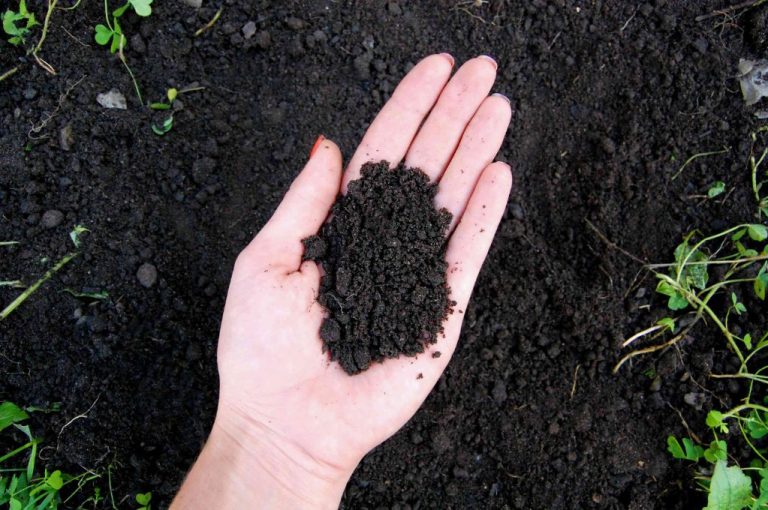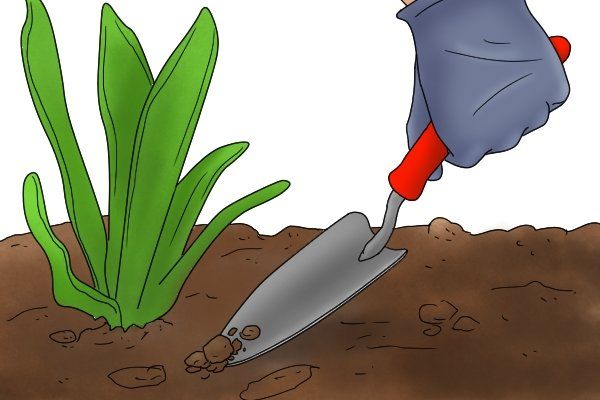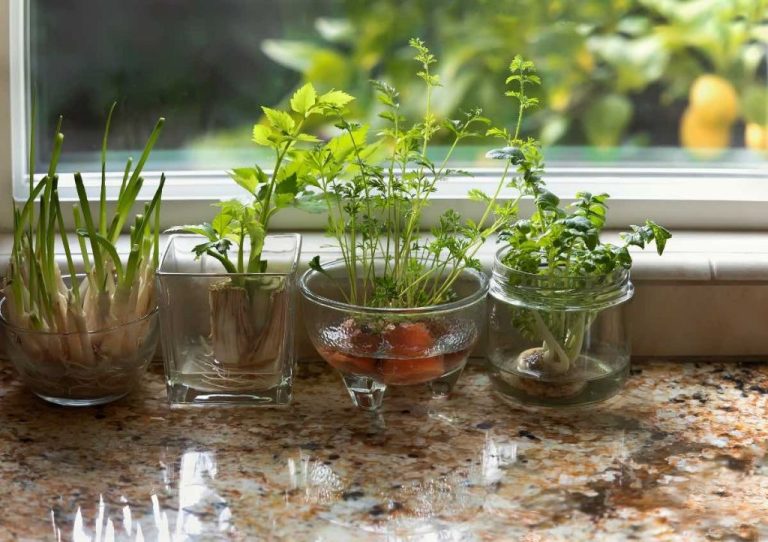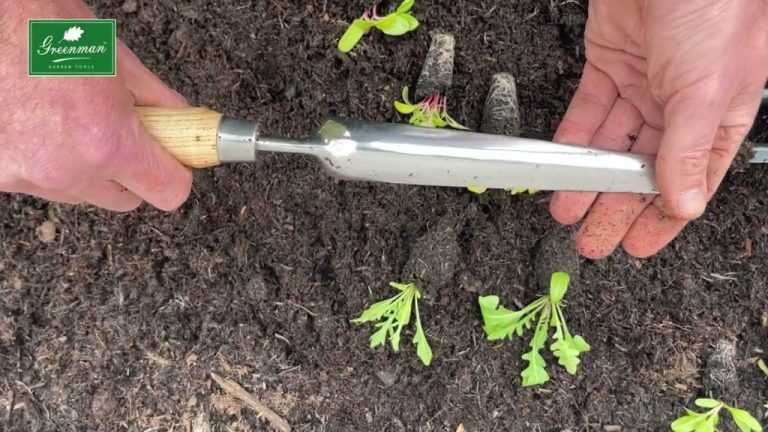Choosing The Right Plants For Your Beginner Garden
Whether you’re creating your first garden or just starting out with a few container plants, choosing the right plants is an important first step. The goal of this article is to provide beginner gardeners with tips on how to select plants for a new garden based on factors like sun exposure, hardiness zone, climate, and maintenance requirements. Proper plant selection will lead to a more successful, thriving garden that brings years of enjoyment.
Assess Your Yard’s Sun Exposure
Sun exposure is one of the most important factors when selecting plants for your garden. Plants require sunlight for photosynthesis, which is the process by which plants convert sunlight into energy and grow. Understanding how sun exposure affects plant growth is essential before choosing the right plants for your yard.
Plants can be categorized into full sun, partial sun, and shade plants based on their sunlight needs. Full sun plants thrive in areas that receive direct sunlight for 6 or more hours per day. Partial sun plants prefer 4-6 hours of sun with some afternoon shade. Shade plants grow best in areas with just 2-4 hours of filtered sunlight or dappled shade. When assessing your yard, note which areas get sun in the morning, mid-day, and afternoon.
North-facing yards and areas only receive 2-4 hours of direct sun and are best suited for shade plants. East-facing yards get morning sun so partial sun plants do well there. South-facing yards get sun most of the day and support full sun plants. West-facing yards get hot afternoon sun so choose plants that can tolerate this [1].
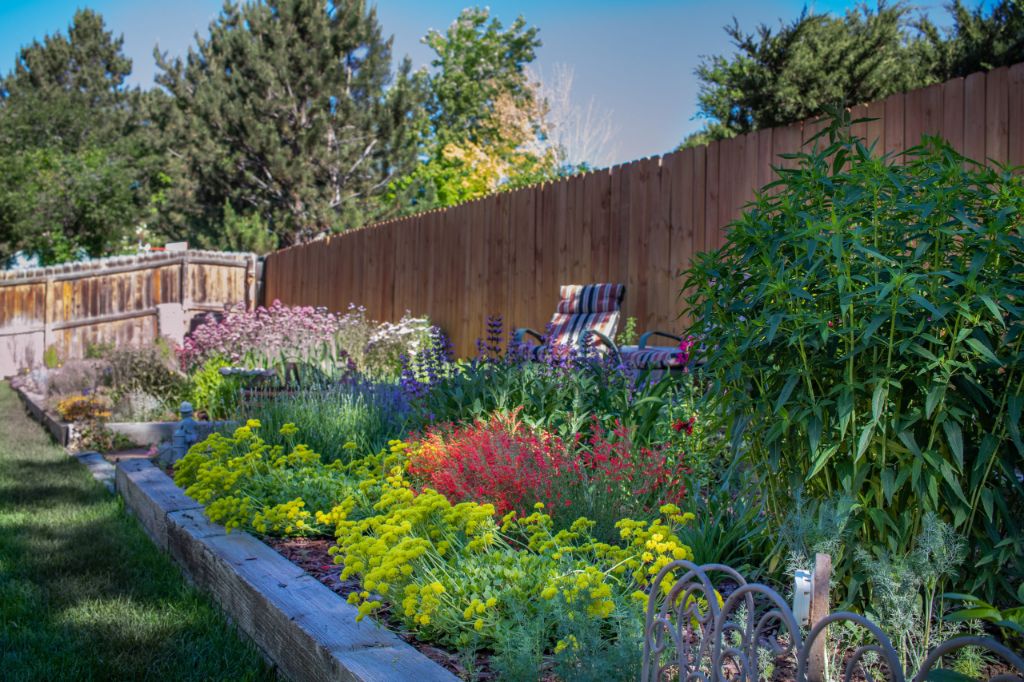
Observing your yard’s light exposure throughout the day will guide you in selecting plants with sunlight needs that match your environment. This ensures healthy, thriving plants.
Choose Plants Based on Your Hardiness Zone
The United States Department of Agriculture (USDA) created a Plant Hardiness Zone Map that divides North America into different growing zones based on each region’s minimum winter temperatures. The map ranges from Zone 1 (minimum annual winter temps below -60°F) in far northern Alaska to Zone 13 (minimum temps from 60-70°F) in southern Florida and Hawaii.
Knowing your hardiness zone is crucial when choosing plants, as it indicates which plants can withstand your area’s typical winter lows. For example, trying to grow a Zone 5 plant in Zone 3 likely wouldn’t work, as that plant isn’t hardy enough for Zone 3’s colder minimum temperatures. Always choose plants suited specifically for your zone.
You can find your zone by entering your zip code on the interactive USDA Plant Hardiness Zone Map. The map divides zones into detailed 5-degree F increments, labeled as numbers followed by “a” or “b.” This increased specificity helps further pinpoint the appropriate plants.
Once you know your hardiness zone, be sure to choose plants rated for your zone or 1-2 zones warmer to account for microclimates. Refer to plant tags or seed packets to see the range of zones a variety can tolerate. With the zone map as your guide, you’ll set your garden up for success.
Select Plants Suited to Your Climate
The climate where you live is an important factor in determining which plants will thrive in your garden. Areas with cool summers and cold winters need plants that can withstand frost and short growing seasons. Hot and humid climates require plants that can handle heat, humidity, and heavy rainfall. Arid climates need drought-tolerant plants that don’t require much water.
When selecting plants, pay attention to your USDA Hardiness Zone, average rainfall and temperatures, seasonal weather patterns, and microclimates in your yard. For example, areas that get reflected heat from pavement or buildings may be suitable for plants that prefer warmer conditions. Plants native to your region are naturally adapted to local conditions.
Some good options for different climates include:
- Cool climates – Peonies, pansies, snapdragons, dianthus
- Hot climates – Lantana, pentas, mandevilla, hibiscus
- Humid climates – Begonias, impatiens, coleus, caladiums
- Arid climates – Sedum, agave, yucca, cacti
Selecting the right plants for your specific climate will help ensure they thrive with minimal intervention. Pay attention to plant tags indicating recommended zones and growing conditions. With the right choices, you can have a flourishing garden despite weather challenges.
For more information on the best plants for different climates, check out this article.
Consider Maintenance Level
When choosing plants for your beginner garden, it’s important to consider the maintenance level you are willing to commit to. Some plants require frequent watering and pruning to thrive, while others are lower maintenance and more forgiving of occasional neglect.
For the busy gardener or someone just starting out, focus on hardy, low-maintenance plants that can tolerate some drought and need only occasional pruning. Succulents like sedum, hens and chicks, and aloe are great low-maintenance options, needing water only every 2-3 weeks. Snake plants and pothos also need infrequent watering and can tolerate low-light conditions [1].
If you enjoy spending time tending to your garden, you may want to incorporate some plants with higher water and pruning needs, like roses, fruit trees, or hydrangeas. But balance them out with lower maintenance companions to make your gardening more manageable.
Knowing a plant’s expected watering and pruning needs before purchasing will set realistic expectations and help ensure you choose plants well-suited to the level of maintenance you are willing to provide.
Focus on Hard-to-Kill Plants
When you’re just starting out with gardening, it’s wise to begin with plants that are easy to care for and hard to kill. This helps build your confidence as a gardener while also ensuring you don’t end up with a yard full of dead plants! Here are some great options to consider:
Snake Plants (Sansevieria) are practically indestructible. They tolerate low light and infrequent watering, making them perfect for beginners or anyone with a busy lifestyle. According to Parade, snake plants are an ideal choice for “set it and forget it” gardening.[1]
Pothos (Epipremnum aureum) is another vine that grows well in low light and is very forgiving when it comes to watering. Pothos is great for hanging baskets or trailing over the edges of shelves. Real Simple recommends golden pothos as one of the top plants that thrives without much sunlight.[2]
Succulents like jade plants (Crassula), echeverias, and aloes are low maintenance and drought tolerant. They do well indoors and outdoors and add nice texture to your garden. Just be careful not to overwater them.
ZZ plants (Zamioculcas zamiifolia) have thick waxy leaves that hold water. They do great even in low light indoor spaces. ZZ plants are very low maintenance and can tolerate being neglected for periods of time.
Focusing on these and other hard-to-kill plants is a great way for beginner gardeners to get started and gain experience caring for plants before moving on to more delicate varieties.
Choose a Theme
Selecting a theme for your garden can make the planning process more focused and enjoyable. There are many themed garden ideas to consider for beginners. Popular choices include:
Herb garden: Creating a collection of culinary and aromatic herbs like basil, rosemary, oregano, thyme, sage, and mint. Herbs are easy to grow, provide a yield for cooking, and smell wonderful. [1]
Vegetable garden: Plant tomatoes, zucchini, carrots, lettuce, cucumbers, peppers, and more. Grow your own produce for salads, sides, sauces, and other dishes. Make sure to choose beginner-friendly vegetable varieties. [2]
Pollinator garden: Fill your space with brightly colored flowers that attract bees, butterflies, hummingbirds, and other pollinators. Some good options are lavender, coneflowers, asters, bee balm, cosmos, and black-eyed susans. [3]
Theming your first garden gives it focus and purpose. Do some research to find a theme that excites you and fits your space.
Mix Annuals and Perennials
When planning your first garden, it’s a good idea to include both annuals and perennials. Annuals complete their life cycle in one season, dying at the end of the growing season. Perennials persist for many years, coming back each spring. Both types offer unique benefits for beginner gardeners.
Annuals are great for quickly filling empty spaces and adding bursts of color that change with each season. Popular annuals like petunias, zinnias, and marigolds are inexpensive, easy to grow from seed, and bloom all summer long. Just be prepared to replant them each year. Annuals allow you to experiment with different color schemes and arrangements every season.
Perennials may take a year or two to become established, but they will come back reliably year after year. Once mature, they require less maintenance than annuals. Classic perennial choices like daylilies, hostas, and coneflowers will thrive for years in the right spot. Though perennials cost more upfront, they offer more value in the long run.
The best beginner gardens include a mix of annuals for quick, seasonal color and perennials for reliable, long-lasting structure. Together they provide the versatility to keep your garden looking great all season while allowing flexibility to tweak the design each year. As a starting point, plan for about 70% perennials and 30% annuals while leaving room to adjust based on your personal preferences.
Plant in the Right Places
When choosing where to plant your garden, consider the specific needs of each plant in terms of spacing, sunlight, and water requirements. Proper spacing prevents overcrowding and allows each plant room to grow to maturity. Check plant tags or seed packets for recommended spacing. For example, tomatoes need at least 2 feet between plants. Place sun-loving plants like petunias or zinnias where they will get 6-8 hours of direct sunlight daily. Choose a spot with afternoon shade for cool weather greens like lettuce and spinach. Group plants with similar water needs together on the same watering zone. Drought-tolerant succulents thrive with minimal water while thirsty annuals like marigolds need frequent watering. Taking note of microclimates in your yard can help you match plants to the right growing conditions.
According to experts, “The key to growing healthy plants starts with putting the right plant in the right place.”1 Proper planning allows your plants to thrive with minimal intervention.
Conclusion
Whether you’re planting in a large backyard or tiny windowsill plot, beginner gardening can be enjoyable and rewarding if you follow some key tips. Start by assessing sunlight patterns in your space and researching which plants will thrive in your climate and growing zone. Focus first on hardy plants that are difficult to kill, like herbs, lettuces, and tomatoes. Don’t be afraid to start small – even a pot of mint by the kitchen window delivers satisfaction. As your skills grow, branch out into flowers, bushes, and more delicate edibles. Gardening is a journey of lifelong learning. With patience and attentive care, you’ll be amazed at how your green thumb develops.
By taking it step-by-step and choosing plants suited to your conditions, a beginner gardener can find pride and joy in nurturing life. Recap main points, encourage starting small.

